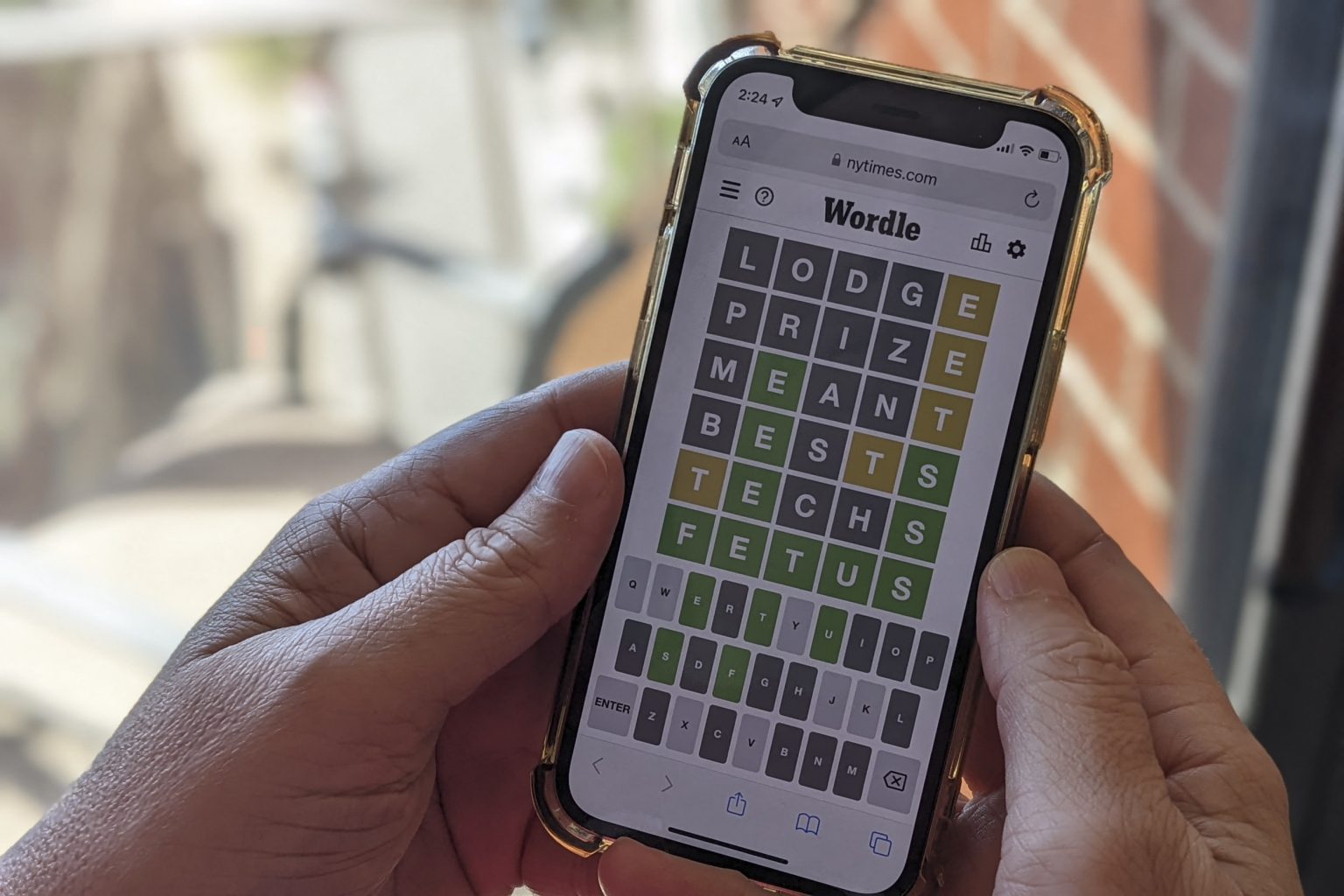Wordle, the captivating five-letter word puzzle, has taken the world by storm since its humble beginnings as a personal pastime created by Josh Wardle for his girlfriend. Initially designed as a private source of entertainment during the COVID-19 lockdowns, Wordle quickly transcended its intimate origins, captivating a global audience after its online launch in October 2021. Its meteoric rise to prominence culminated in its acquisition by The New York Times in early 2022 for a substantial seven-figure sum, solidifying its place as a cultural phenomenon. The game’s allure extends beyond the everyday player, attracting a devoted following among celebrities who eagerly share their Wordle triumphs and tribulations. From Hollywood legends like Carol Burnett and Allison Janney, who engage in friendly Wordle rivalry, to Emmy Award-winning actor Keegan-Michael Key, who finds a sense of accomplishment in conquering the daily puzzle, Wordle’s appeal spans across diverse communities.
The gameplay of Wordle is deceptively simple yet profoundly engaging. Players are presented with the challenge of deciphering a hidden five-letter word within a limited span of six attempts. A color-coded tile system provides valuable feedback with each guess, guiding players towards the correct solution. Green tiles indicate correctly placed letters, while yellow tiles signify letters present in the word but positioned incorrectly. Gray tiles, on the other hand, eliminate letters that are not part of the target word. This elegant system of hints and feedback creates a compelling blend of deduction and strategy, fostering a sense of intellectual satisfaction with every successful solve.
This specific article offered guidance to players grappling with Wordle #1,314, presented on Thursday, January 23rd. The clues provided were strategically designed to nudge players towards the solution without outright revealing the word. The first hint revealed the presence of two vowels, narrowing down the possibilities. The second hint indicated the word’s dual nature as both a noun and an adjective, further refining the search. The third hint unveiled the starting letter “U,” significantly reducing the potential answers. The fourth hint disclosed a repeated letter, adding another layer of specificity. Finally, the fifth hint alluded to the word’s meaning related to something higher or above, providing a crucial semantic clue.
The solution to Wordle #1,314 was revealed to be “UPPER,” a word fulfilling all the provided clues. The article extended congratulations to successful solvers while assuring those who struggled that a new Wordle challenge awaits every day at midnight in their respective time zones. This continuous cycle of puzzles sustains player engagement and fosters a sense of anticipation for the next challenge. The article also highlighted Newsweek’s commitment to providing daily hints and tips for Wordle enthusiasts, ensuring a continued source of assistance for those seeking guidance.
Beyond Wordle, the article also mentioned Connections, another popular word game from The New York Times, for which Newsweek offers daily hints. This demonstrates the growing popularity of word puzzles and the expanding resources available to players seeking support and engagement within these stimulating intellectual pursuits. The world of online word games continues to evolve, providing a diverse range of challenges for players of all skill levels.
The success of Wordle and other similar games can be attributed to several key factors. The simplicity of the rules makes them accessible to a wide audience, regardless of age or gaming experience. The daily challenge provides a sense of routine and accomplishment, while the social aspect of sharing results fosters a sense of community. Furthermore, the limited number of guesses and the public nature of the solutions create a sense of shared experience and friendly competition. In a world increasingly dominated by complex and demanding digital experiences, Wordle offers a refreshing oasis of simplicity and intellectual stimulation.

